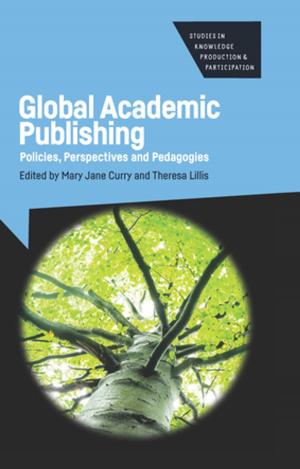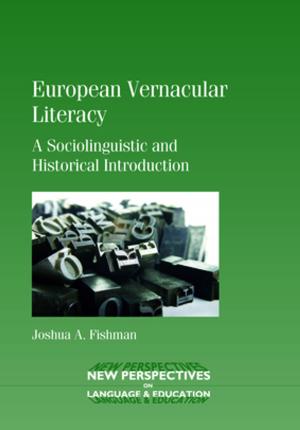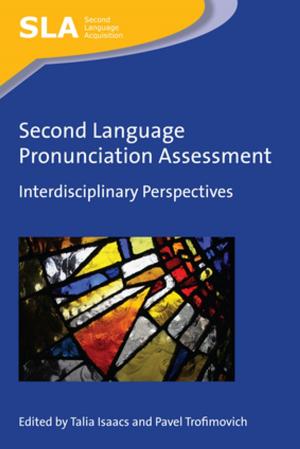Motivation, Language Attitudes and Globalisation
A Hungarian Perspective
Nonfiction, Reference & Language, Language Arts, Study & Teaching, Linguistics| Author: | Zoltán Dörnyei, Kata Csizér, Nóra Németh | ISBN: | 9781847698988 |
| Publisher: | Channel View Publications | Publication: | April 12, 2006 |
| Imprint: | Multilingual Matters | Language: | English |
| Author: | Zoltán Dörnyei, Kata Csizér, Nóra Németh |
| ISBN: | 9781847698988 |
| Publisher: | Channel View Publications |
| Publication: | April 12, 2006 |
| Imprint: | Multilingual Matters |
| Language: | English |
This volume presents the results of the largest ever language attitude/motivation survey in second language studies. The research team gathered data from over 13,000 Hungarian language learners on three successive occasions: in 1993, 1999 and 2004. The examined period covers a particularly prominent time in Hungary’s history, the transition from a closed, Communist society to a western-style democracy that became a member of the European Union in 2004. Thus, the book provides an ‘attitudinal/motivational flow-chart’ describing how significant sociopolitical changes affect the language disposition of a nation. The investigation focused on the appraisal of five target languages – English, German, French, Italian and Russian – and this multi-language design made it also possible to observe the changing status of the different languages in relation to each other over the examined 12-year period. Thus, the authors were in an ideal position to investigate the ongoing impact of language globalisation in a context where for various political/historical reasons certain transformation processes took place with unusual intensity and speed. The result is a unique blueprint of how and why language globalisation takes place in an actual language learning environment.
This volume presents the results of the largest ever language attitude/motivation survey in second language studies. The research team gathered data from over 13,000 Hungarian language learners on three successive occasions: in 1993, 1999 and 2004. The examined period covers a particularly prominent time in Hungary’s history, the transition from a closed, Communist society to a western-style democracy that became a member of the European Union in 2004. Thus, the book provides an ‘attitudinal/motivational flow-chart’ describing how significant sociopolitical changes affect the language disposition of a nation. The investigation focused on the appraisal of five target languages – English, German, French, Italian and Russian – and this multi-language design made it also possible to observe the changing status of the different languages in relation to each other over the examined 12-year period. Thus, the authors were in an ideal position to investigate the ongoing impact of language globalisation in a context where for various political/historical reasons certain transformation processes took place with unusual intensity and speed. The result is a unique blueprint of how and why language globalisation takes place in an actual language learning environment.















